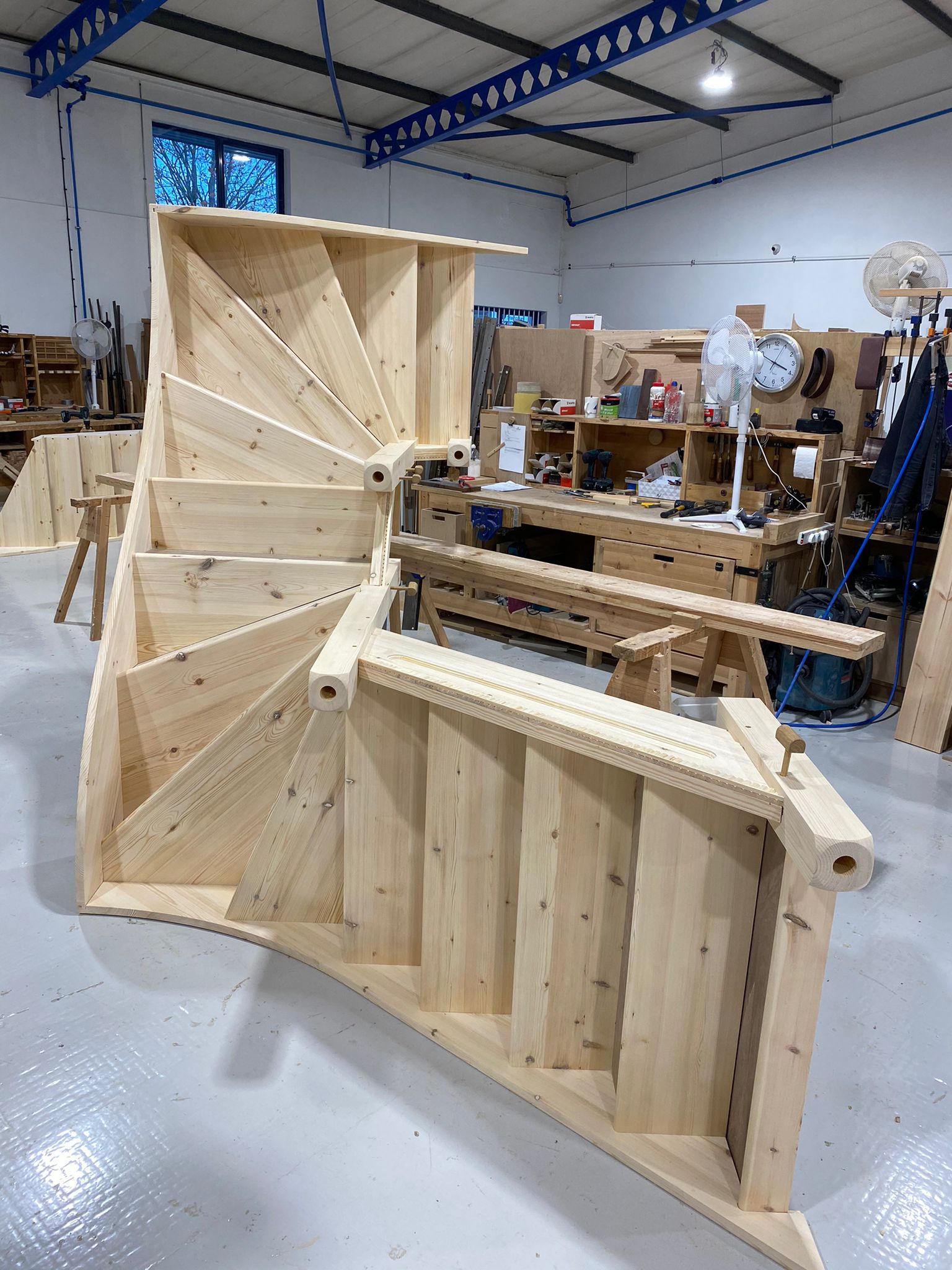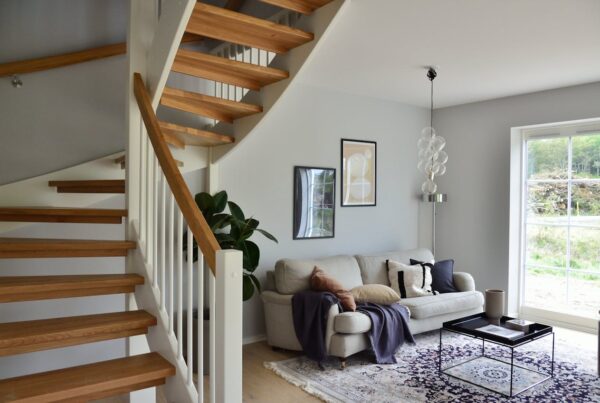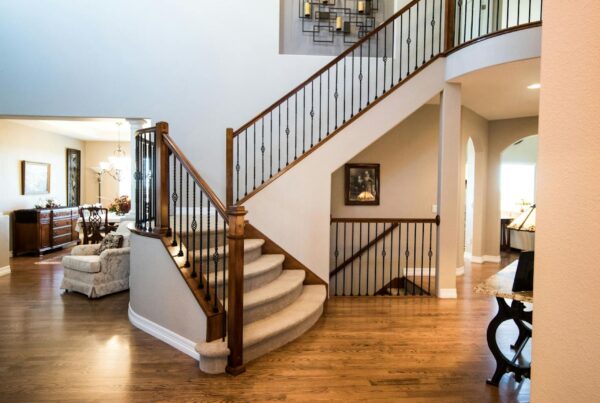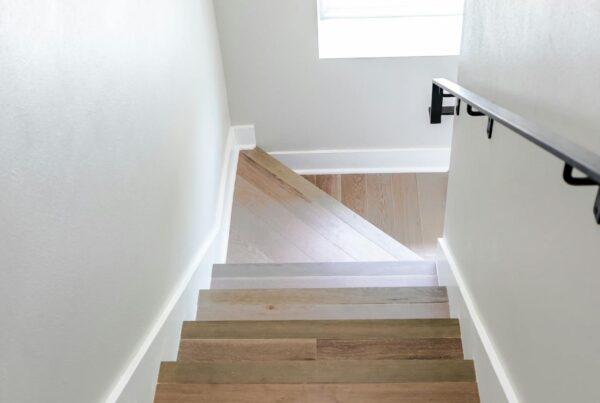What are the parts of a wooden staircase called?
Creating a wooden staircase involves more than just steps; it’s a culmination of various parts working in harmony, each with its unique role. In this blog, we’ll explore the critical components of a wooden staircase, providing clarity on their names and functions. This knowledge is not only essential for those planning to install a staircase but also useful for homeowners looking to maintain or update an existing one.
Stringers
The stringers are arguably the backbone of any staircase. These long pieces of wood run diagonally along the sides of the staircase, supporting the treads and risers. Essentially, they carry the load of the staircase, ensuring stability and durability. In the UK, two types of stringers are commonly used: the closed stringer, which conceals the edge of the treads and risers, creating a neat finish, and the open stringer, which allows the profile of the treads and risers to be visible, adding an aesthetic appeal to the staircase.
Treads
Treads are the horizontal parts of the staircase that you step on. They are critical for the staircase’s functionality, providing a safe and comfortable surface for ascending or descending. The depth and width of treads can vary, significantly impacting the staircase’s ergonomics and safety. In residential settings, the tread width must comply with UK building regulations to ensure it meets the required safety standards.
Risers
Risers are the vertical components that sit between each tread. They serve to close the gap between treads, contributing to the staircase’s safety by preventing feet from slipping through. However, not all staircases have risers; those without are known as open risers staircases, which can offer a more modern and airy feel. When risers are present, their height is crucial and must conform to UK building regulations to ensure a comfortable and safe rise between each step.
Newel Posts
Newel posts are the large, vertical posts that anchor the staircase at the bottom, top, and any turns or landings. They are a critical structural element, providing stability to the handrails and the staircase as a whole. Newel posts can be crafted into elaborate designs, adding a significant architectural feature to both the staircase and the surrounding space. In many cases, the newel post becomes a focal point, showcasing craftsmanship and style.
Handrails
Handrails offer essential support and safety for those using the staircase. They run along the length of the staircase, parallel to the angle of the ascent or descent, and are supported by balusters or spindles that connect them to the treads or stringers. Handrails must be sturdy and ergonomically designed to be easily grasped, ensuring safe navigation up or down the stairs. The UK building regulations specify minimum height requirements for handrails to accommodate users of all ages and abilities.
In conclusion, a wooden staircase is more than a means of moving between floors; it’s a complex structure composed of various parts, each with its specific name and function. Understanding these components – the stringers, treads, risers, newel posts, and handrails – not only aids in the design and construction of staircases but also in their maintenance and repair. A well-designed wooden staircase can add beauty, functionality, and value to a home, making it a worthwhile investment for any homeowner.
Why not check out our online staircase builder?





